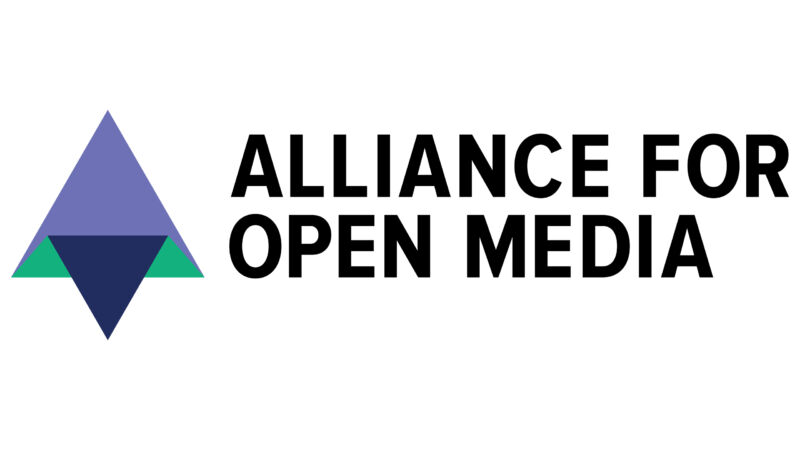

After pushing AV1 codec, Google goes after Dolby with HDR and audio standards
source link: https://arstechnica.com/gadgets/2022/09/google-and-youtube-to-take-on-dolby-with-free-hdr-and-audio-standards/
Go to the source link to view the article. You can view the picture content, updated content and better typesetting reading experience. If the link is broken, please click the button below to view the snapshot at that time.
Death to royalties —
After pushing AV1 codec, Google goes after Dolby with HDR and audio standards
AV1's Alliance for Open Media wants more royalty-free standards.
Ron Amadeo - 9/22/2022, 9:40 PM

Google can do basically whatever it wants regarding video and web standards. YouTube is the world's most popular video site. Chrome is the world's most popular browser. Android is the world's most popular operating system. Anything Google wants to roll out can immediately have a sizable user base of clients, servers, and content. From there, it's just a matter of getting a few partners to tag along. This is how Google's next-generation AV1 video codec is being rolled out, and next, Google is setting its sights on HDR and 3D audio standards.
Protocol's Janko Roettgers has a report on "Project Caviar," Google's plan to take on Dolby and create royalty-free alternatives to its HDR standard (Dolby Vision) and its 3D audio standard (Dolby Atmos). Dolby's old-media business model relies on royalty fees from hardware manufacturers and support from content creators. The company's technology is deeply embedded in movie theaters, Blu-rays, and more modern streaming companies like Apple are big backers of Dolby technology. That all costs money, though, and Protocol's report says $50 streaming sticks end up having around $2 of that price tag go to Dolby.
Surround sound has been a movie feature forever with various numbers of front, back, and side speakers, but Dolby Atmos adds height into the equation. If you take a 5.1 or 7.1 speaker setup—that's three front speakers, two back, a subwoofer, and for 7.1, two side speakers—Dolby Atmos adds four overhead speakers into the mix, allowing sound to pan overhead of the viewer. Atmos is supported by Apple, Netflix, HBO Max, and Disney+.
AdvertisementGoogle is tackling Dolby via the "Alliance for Open Media" standards group, which counts Amazon, Apple, Arm, Google, Intel, Meta, Microsoft, Mozilla, Netflix, Nvidia, and Samsung in its "founding members" group. This is the same group behind the AV1 standard, which grew out of Google's purchase of On2 and the open sourcing of its video codec.
Neither Dolby Vision nor Atmos competitors require new codec development. Google's strategy is mostly about standardizing a way to ship audio and video data that doesn't involve paying Dolby and branding it well enough to compete. To start, the group already has specs for an "Immersive Audio Container" published on the web, which describes itself as a "codec-agnostic audio bitstream format to deliver three dimensional sound fields that can be used for multichannel sound playback." For HDR, the group wants to adopt the HDR10+ standard, which was originally cooked up by Samsung but lacks content.
It's not yet known what consumer-facing brand these standards will be for. That's a big deal, since the name "Dolby" still holds a lot of sway with home theater enthusiasts, and that means streaming apps can market the Dolby brand as a premium add-on, creating demand for the standards. Few companies have enough sway over the media space to push a new standard, but Google is one of them. As we've already seen with AV1, pushing support into YouTube, Android, Chrome, and any hardware manufacturers looking to license access to YouTube is a powerful cudgel.
Recommend
About Joyk
Aggregate valuable and interesting links.
Joyk means Joy of geeK